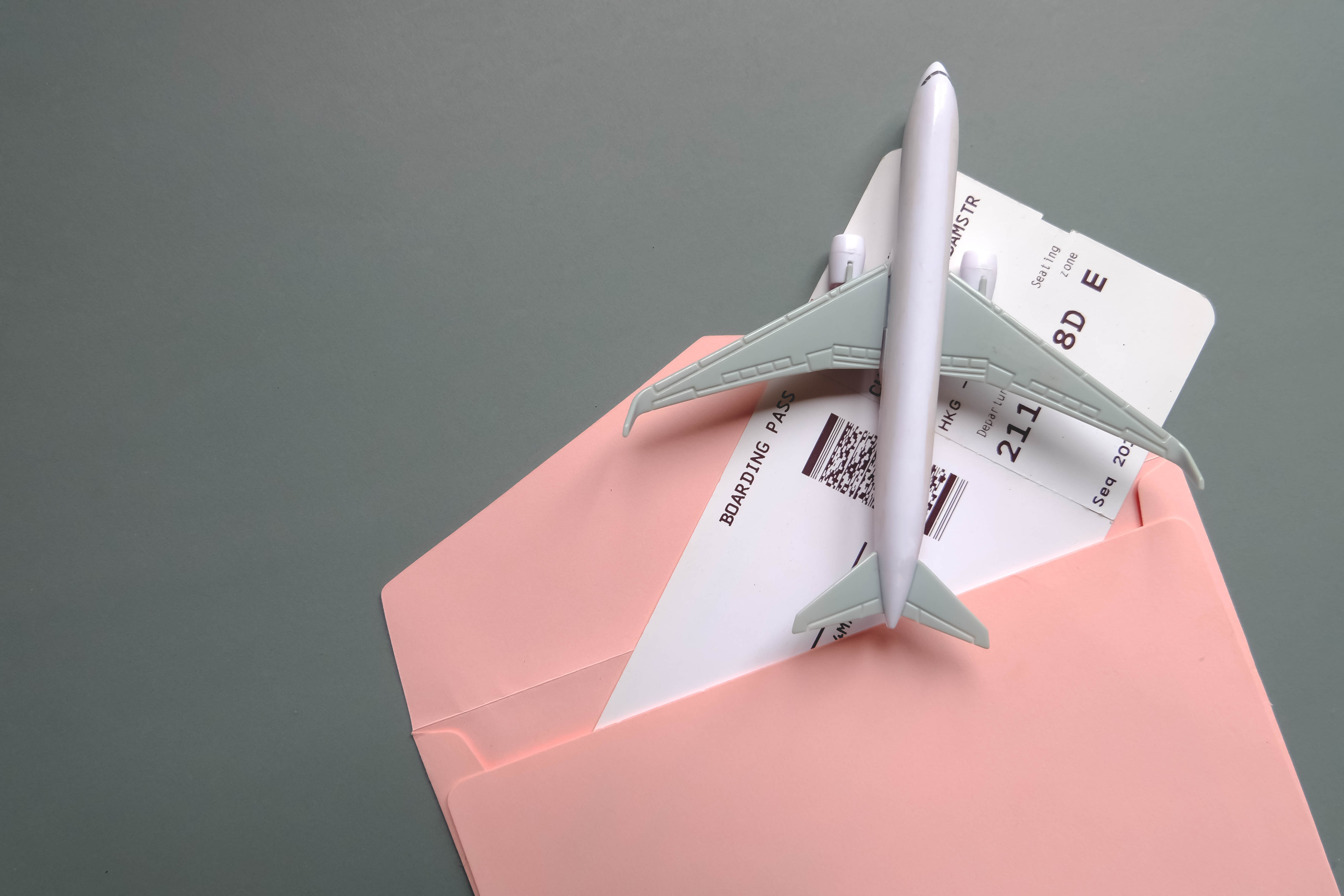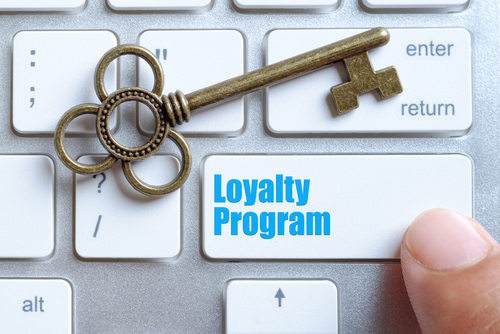The outbreak of COVID-19 has plunged much of the world into sudden, unprecedented circumstances. As industries and customers navigate their “new normal,” one thing is certain: the assumptions underlying your gift card breakage models prior to this crisis will likely be inaccurate in some way, shape or form.
In order to account for the change in redemption behavior, you'll need to apply professional judgment on top of your breakage models. Read on for our top tips in making smart assumptions during this uncertain time.
Redemption Behavior Changes
It's helpful to think about what is likely to happen to gift card redemptions as a spectrum of possible outcomes. On one end of the spectrum we have a change in total expected redemptions, and on the other side we have a change in the timing of redemptions but no change in total expected redemptions. Here’s what those two scenarios might look like:
Change in total expected redemptions:
Total expected redemptions may be significantly higher or lower due to COVID-19. For example, let’s say prior to COVID-19, you expected customers to ultimately redeem $90 of a $100 gift card, with $10 becoming breakage. Due to COVID-19, you now expect $95 to be redeemed and $5 to become breakage. This equates to a total increase of $5 in ultimate redemptions for every $100 issued.
Change in timing of redemptions:
Similarly, COVID-19 can accelerate or decelerate the timing of your gift card redemptions. For example, let’s say prior to COVID-19, you expected $30 of a $100 gift card to be redeemed during the first 3 months of issuance, $65 to be redeemed after 3 months, and $5 to ultimately become breakage. Due to COVID-19, you now expect $50 to be redeemed in the first 3 months, $45 to be redeemed after 3 months, and $5 to ultimately break. Notice that the total redemption amount did not change ($95 in both scenarios), but the timing of redemption was accelerated.
It's important to keep in mind that these two outcomes are not mutually exclusive and do not account for the wide range of possible changes in ultimate redemptions and redemption timing that COVID-19 might bring about for your customers.
Industry Context Matters
Where you fall on this spectrum is highly dependent on your industry context. For example, a grocery store may see a dramatic increase in total gift card usage because financial uncertainty will drive many consumers to use up gift cards they had previously forgotten. In response, grocery stores should expect to fall on the “increase in total redemptions” side of the spectrum.
On the other hand, if the gift card is for an airline, it's very likely that redemptions will drop to nearly zero over the next several months due to COVID-19 travel restrictions. However, it's reasonable to expect that the redemptions that would have occurred under normal circumstances will still occur once this crisis is over. Therefore, airline gift cards may not see a change in total redemptions, but the timing of their redemptions will be delayed significantly.
Incorporating Professional Judgment
You know your business better than anyone. Right now, your business acumen is going to help you decide where on this spectrum you are and what assumptions you'll need to make.
But here’s the reality: regardless of the depth of knowledge about your business, you're still probably going to get it wrong. And that’s totally normal. There's simply too much uncertainty in this environment for you to make an accurate assumption every time.
Therefore, the goal is to set the smartest assumptions possible, and monitor results against those assumptions on an ongoing basis.
If possible, we recommend segmenting your customers into groups with different expected redemption behavior and applying unique assumptions to each group. For more information about this practice, check out our last blog post Loyalty Program Liability Management in the Age of COVID-19.
With your customer segments defined, you’ll also need to build the infrastructure to monitor redemptions at the segment level. You’ll need to be able to track:
- Who is making the redemptions
- Which segment they fall into
- The patterns that are emerging for each group
At KYROS, we report on redemptions on a monthly basis and compare it to our previous assumptions for each segment. This helps keep our assumptions fresh and accurate as the situation evolves.
Changes to Your Financial Statements
As you're making these changes to assumptions, you'll want to be aware of their impact on financial statements.
If you assume a change in timing, then gift card revenue will be recognized at a different rate than it would normally, but your liability will stay the same overall. If you're assuming a change in total redemptions, then you'll need to restate your gift card liabilities due to the change in expected breakage. Assuming there is a decrease in breakage, you will need to move money from breakage liability to redemption liability. If there isn't enough in the breakage liability to move over, you may need to take a hit to income to ensure you can cover your increased gift card liabilities.
Office Hours
At KYROS, we specialize in actuarial analytics for gift card programs. Understandably, most of you have more important business priorities right now and can’t spend as much time on this as we do. This may mean you don't have the models or resources to follow the recommendations we outline in this article. That's okay. There are other ways to leverage whatever analytics you have available to help manage this situation, and we'd love to help.
With the March 31 quarter coming to a close, we're holding office hours every Wednesday in April for anyone that could use a sounding board as they work through financial reporting. If you'd like to book a time, please email office.hours@kyrosinsights.com or click the link below.
These are tough times for our industry, our communities and our families. The one upside has been seeing people help and support others during these tough times. We may be standing at a distance, but in some sense, we've never been closer together. If we can help some of you reduce your stress, we'd love to do our part.





